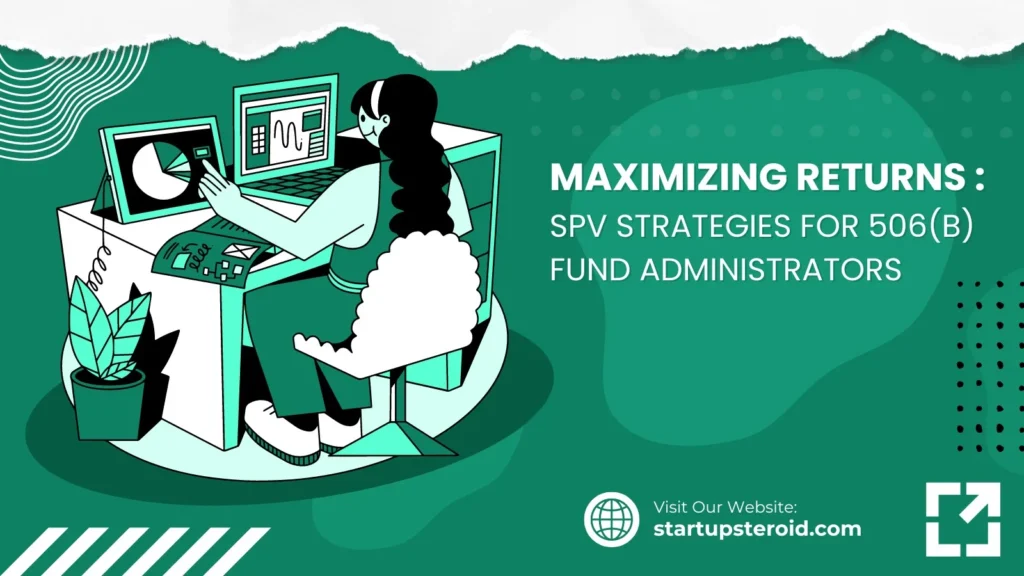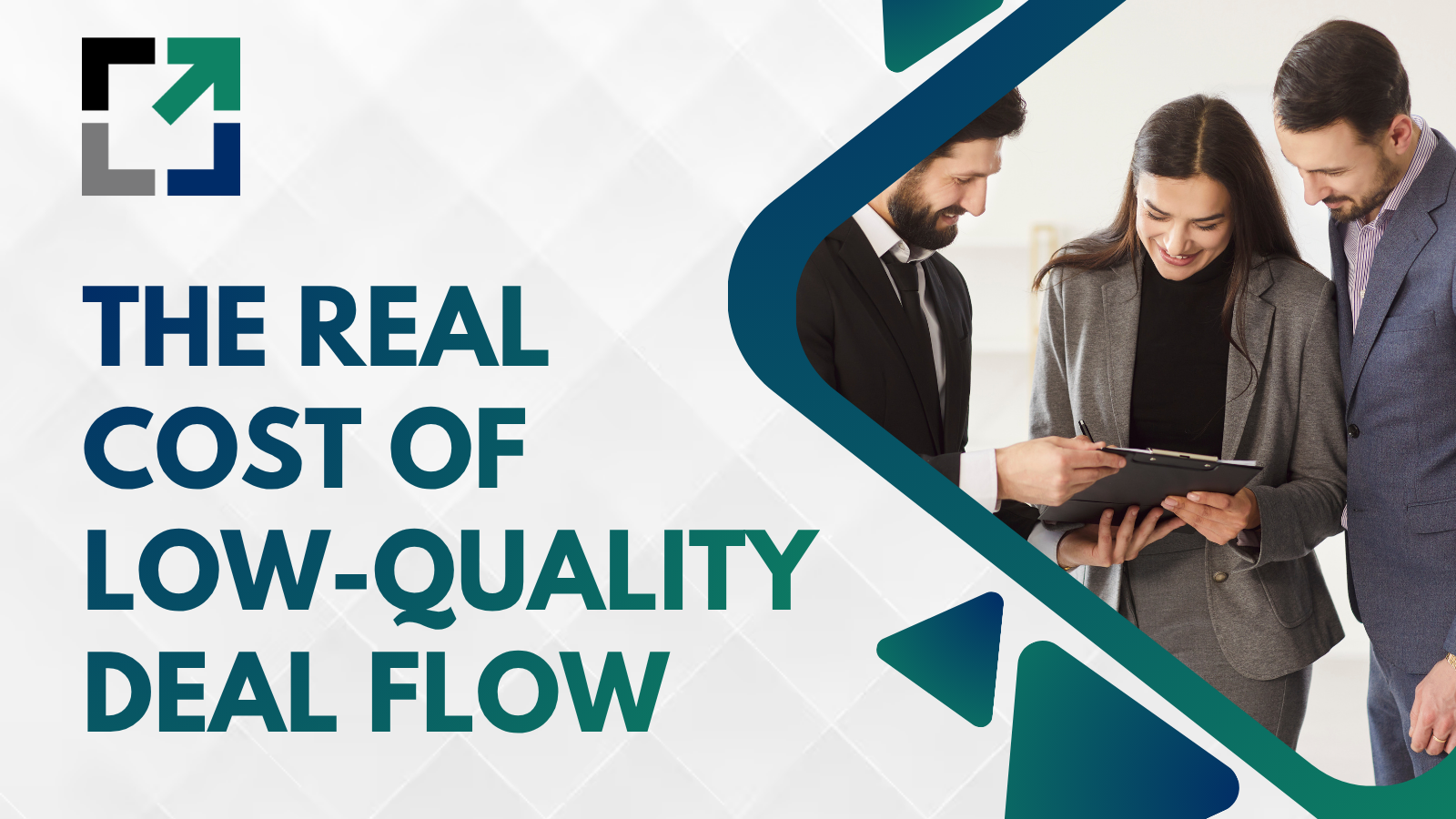Investing in a 506(b) fund through a Single Purpose Vehicle (SPV) is an attractive proposition for investors seeking to capitalize on private investment opportunities while minimizing the administrative burden. Understanding how SPVs work within the regulatory landscape of 506(b) offerings is essential for any savvy investor looking to refine their investment strategy.
In this article, we’ll explore how SPVs can be used as a potent tool for investment management in the context of 506(b) funds.
Understanding 506(b) Funds and SPVs
Before diving into the nuances of using SPVs for 506(b) investments, it is essential to understand the basic definitions. A 506(b) fund is a private placement investment that allows companies to raise capital without needing a complete securities registration, provided they adhere to certain conditions set by the Securities and Exchange Commission (SEC).
This model can raise funds from unlimited accredited investors and up to 35 non-accredited but sophisticated investors.
An SPV is a subsidiary created by a firm, often a private equity or venture capital firm, to isolate financial risk. It is a separate legal entity with its balance sheet. When used in relation to a 506(b) fund, SPVs serve as a vehicle through which investors can invest in a single asset or a portfolio.
Investment Strategy Utilizing SPVs in 506(b) Funds
The Use of SPVs to Pool Capital
For the potential investor, SPVs represent a unique investment strategy that provides access to higher-tier investment opportunities that might otherwise be out of reach due to high minimum investment requirements or complex structures. Smaller investors can collectively meet these thresholds by pooling resources into an SPV, enabling participation in lucrative deals with other accredited investors.
Navigating Regulatory Requirements
One key advantage of SPVs in this context is simplifying the regulatory environment. Since the SPV functions as a single investor, it can streamline compliance with the 506(b) exemption requirements, which saves time and reduces legal overhead. In this case, fund management only deals with the SPV as an entity rather than each investor individually.
Enhancing Investment Management and Reporting
From an investment management perspective, SPVs offer a centralized method for monitoring investments and distributing returns. Investors benefit from simplified reporting and accounting since all activities related to the fund are consolidated at the SPV level. This can result in better transparency and efficiency compared to direct investment methods.
Strategies for Investors Considering SPVs in 506(b) Funds
Conducting Thorough Due Diligence
Investors should conduct extensive due diligence when considering using an SPV in a 506(b) fund. This includes understanding the SPV’s structure, the underlying assets it will invest in, and the management team’s track record. A clear understanding of the fund’s investment strategies and goals is imperative for making an informed decision.
Diversification: A Core Aspect of any Funding Strategy
A pivotal funding strategy component is risk mitigation through diversification. SPVs provide an excellent opportunity to invest in diverse assets or a basket of securities that fit within an SPV’s framework. It allows for exposure to multiple investment opportunities with potentially different risk profiles, thus increasing the potential for risk-adjusted returns.
Assessing Tax Implications
Tax considerations are integral to devising a prudent funding strategy when investing in SPVs. The tax treatment of SPVs can vary, and investors need to understand its implications on their returns. Consulting with a tax advisor to navigate the tax nuances associated with SPVs is advisable.
Funding Strategies: Capitalizing on 506(b) Fund Investments through SPVs
Leveraging Professional Management
A primary benefit of SPVs is the ability to leverage professional investment management services. Management teams dedicated to SPVs can offer expertise and insights that can maximize potential returns. Their industry knowledge and network might reveal investment opportunities that are only sometimes available to individual investors.
Seeking Legal Counsel
Engaging with legal counsel experienced in investment strategies and 506(b) funds can be immensely beneficial. Legal advisors can offer guidance on structuring the SPV to protect investors’ interests and ensure it complies with SEC regulations, including the specific rules surrounding the solicitation and accreditation of investors.
Balancing Security and Opportunity
Investors must weigh the security offered by SPVs against the growth potential. While SPVs can offer a shield from liability and a level of financial protection, it is also essential to evaluate how the SPV can provide a platform for involvement in high-opportunity deals accessible via a 506(b) fund.
Conclusion
In conclusion, mastering the use of SPVs for investing in 506(b) funds requires a comprehensive approach blending regulatory insight with investment and funding strategies. The employment of SPVs in this context offers a promising avenue for engaging with investment opportunities that have been carefully managed and cultivated to provide potential returns.
Through thorough due diligence, diversification, and professional guidance, investors can use SPVs to enhance their portfolios and participate in the dynamic world of private fund investing. For more information on SPVs, or any assistance, Email us or Visit Our Website at Startup Steroid.






